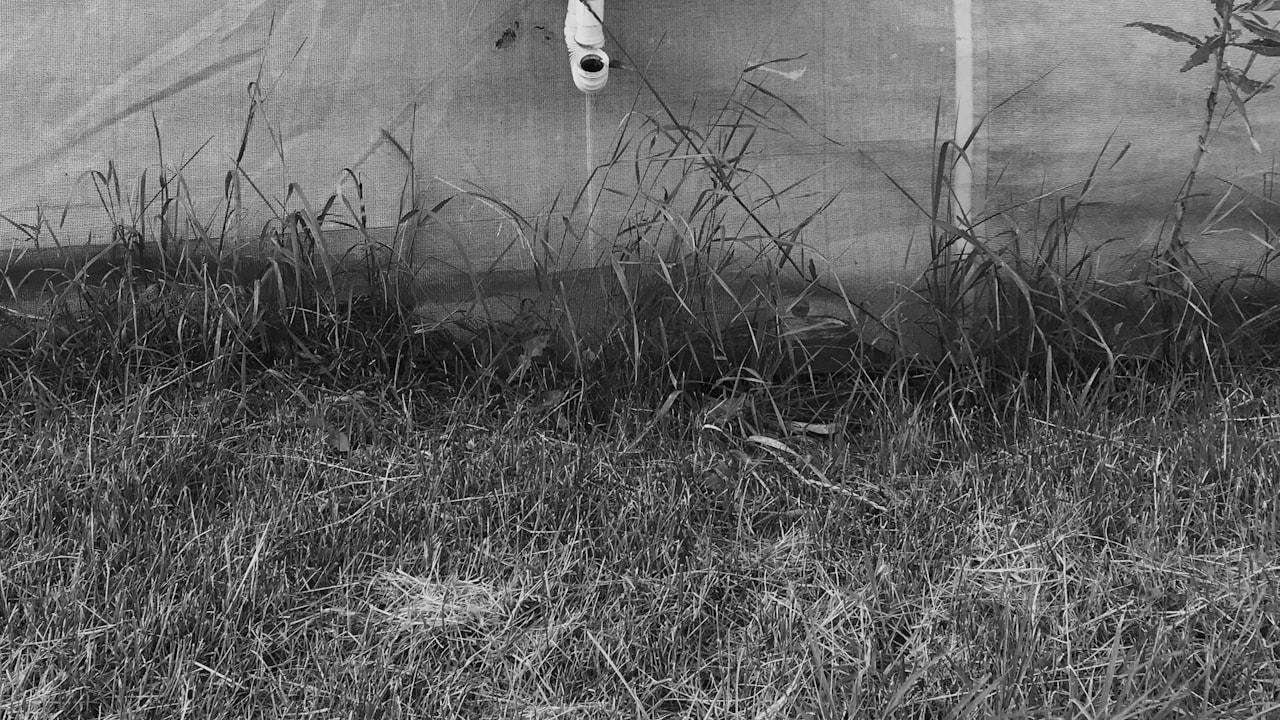A heat sink's efficiency and quality are determined by several factors. One must strike the right balance between them to ensure that it will work properly. Some of the most deciding factors are:
- Temperature conductivity of utilized material
- The speed of air
- Design of protrusion
- Treatment of the surface
The traditional techniques for creating this tool are cold forging, die-casting, skiving, bonded, and heat sink extrusion.
How to choose between each type?
Die-Casting vs Cold Forging Heat Sink
Cold forging gear is somewhat more expensive than die-casting. After all, it must endure great stress during manufacturing and produces higher strength and hardness than die-casting.
However, die-casting allows for the manufacture of more complicated forms than forging, as well as a faster production rate and bigger volume. If the toughness and longevity of the item are critical, forging may be a better alternative than die-casting.
Forging is a better alternative than die-casting when it comes to strength and toughness instead of form.
Skiving vs. Extrusion Heat Sink
Because extrusion and skiving are integrated structures, there is no thermal dissipation between the wings and the foundation. Heat sinks manufactured by extrusion will only be made of aluminum, whereas skiving heat sinks may be built of copper or aluminum at a cheaper construction cost. Skiving may be a preferable option for small-quantity orders.
Bonded Heat Sink vs. Extrusion Heat Sink
Bonded heat sinks may reach aspect ratios of up to 45, compared to 22 for extrusion heat sinks, and larger fins enhance size distribution and maximize thermal dissipation while having greater structural adaptability than extrusion. Bonded heat sinks may be an excellent alternative for higher power electronics.
Other Factors That influence Heat Sink Performance
Other methods of lowering the temperature that operates in combination with the heat sink are available.
When constructing a heat sink, keep the following definitions in mind:
Conditions of a Thermal Heat Sink Complex
The objective is to create a thermal heat sink compound that is not only well-rated but also only as thick as it has to be to cover the area between the components as well as the heat sink. Heat transmission may be slowed if the gap becomes too thick.
Natural or Forced Dispersion
Because a heat sink operates by distributing heat to the atmosphere air, the procedure may be enhanced by using a heatsink fan to convert the pure air into pressure drop air perpendicular to the heat sink fins. The use of forced air convection greatly enhances thermal efficiency.
This induced convection reduces the heat sink's effective temperature opposition while keeping the surrounding air at a cooler temperature. On the same point, if the heat sink is placed in a very tiny packaging with restricted air movement, natural convection is inhibited, potentially reducing the heat sink's efficacy.
Conclusion
The right heat sink type and heat sink substance are critical considerations in assuring the design's dependability. Geometrically, the most effective heat sink design is one with fins or pins to enhance the contact area for heat transmission.


